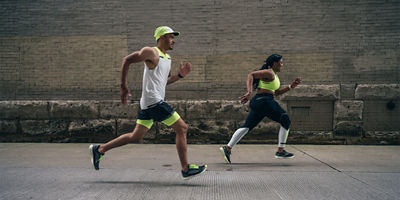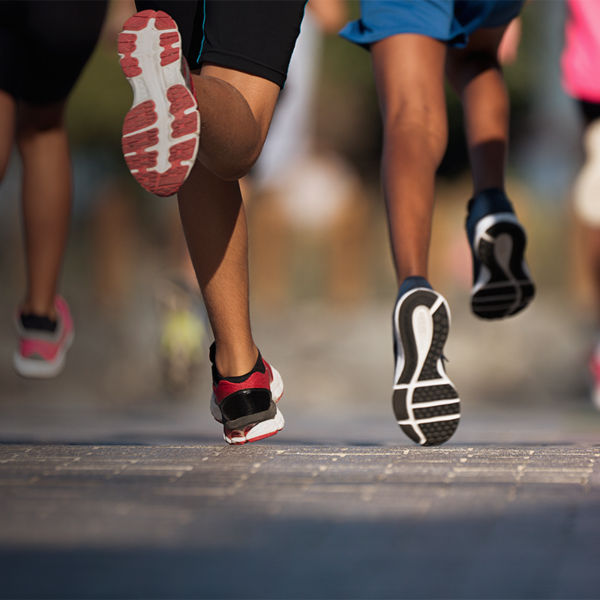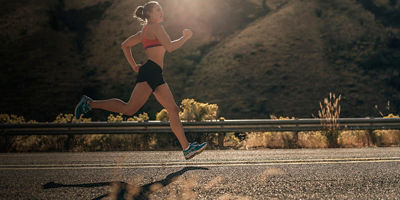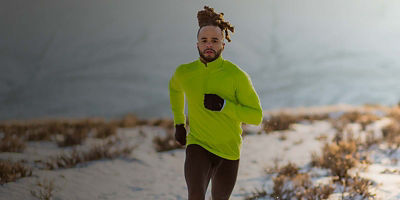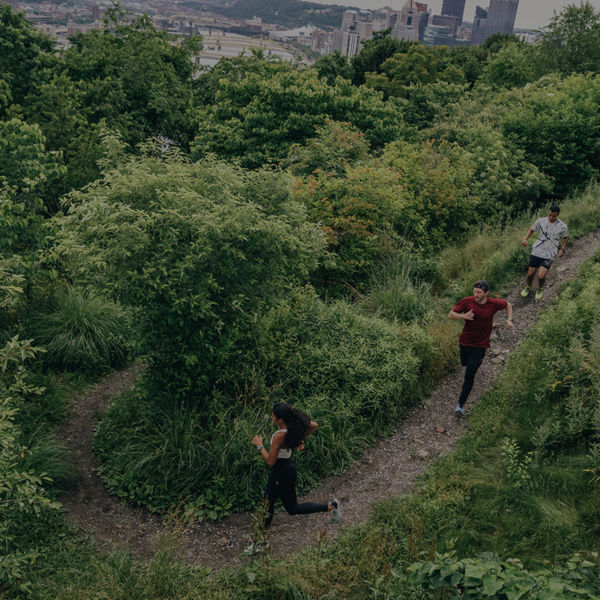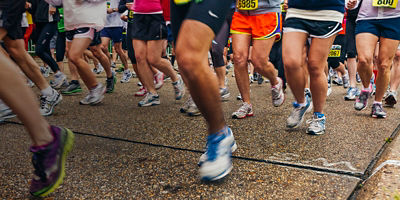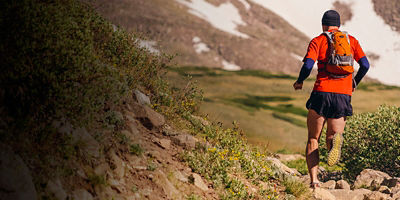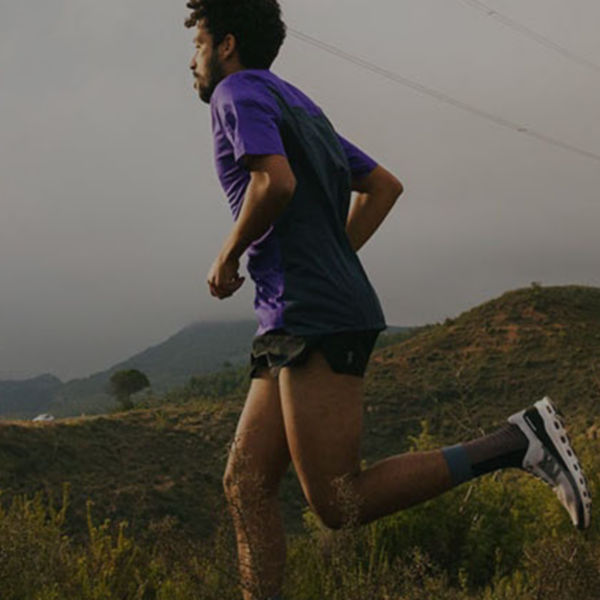
As humans, we naturally have imbalances, says Jessica Marie Rose Leggio, sports biomechanics, athletic injury correction and conditioning expert, and owner/co-founder of #RunPainFree, a New York-based injury correction and prevention clinic. “Running,” she says, “exposes any and all of the natural imbalances we all already have within us.”
Leggio is a huge proponent of mobility exercises, and she shuns stretching. “Tissue is restrictive,” she says. “If you have tissue restricting your mobility, and you stretch tight muscles under that restricted tissue, you strain muscle insertions.” She adds that people who are hyper-mobile should pay extra attention to building stability and should stay (far) away from stretching. [Note: The jury is still out on stretching for runners, and the majority of runners benefit from targeted stretches.]
Mobility, versus stretching, refers to the active movement of a joint—your controlled range of motion. Stretching refers to a passive range of motion. Working on your mobility helps improve your body’s ability to control your range of motion, and therefore move in a healthy, safe way. Here are Leggio’s recommendations for mobility exercises before any run to augment your current warmup and set your body up for success in motion.
Foam roll
Utilizing a foam roller is the easiest way to prevent injury, says Leggio, and not rolling is the fastest way to get injured. “The job of your tissues is to protect you, so they’ll restrict mobility when they sense you’re unstable,” she says. “Releasing that restriction is imperative for activity. Full-body foam rolling is work, but it’s the first step to injury correction and prevention.” Roll all the muscles in your legs, your glutes, and your back. If your muscles are tender under the foam roller, that means they’re tight and it’s good you’re rolling them out.



